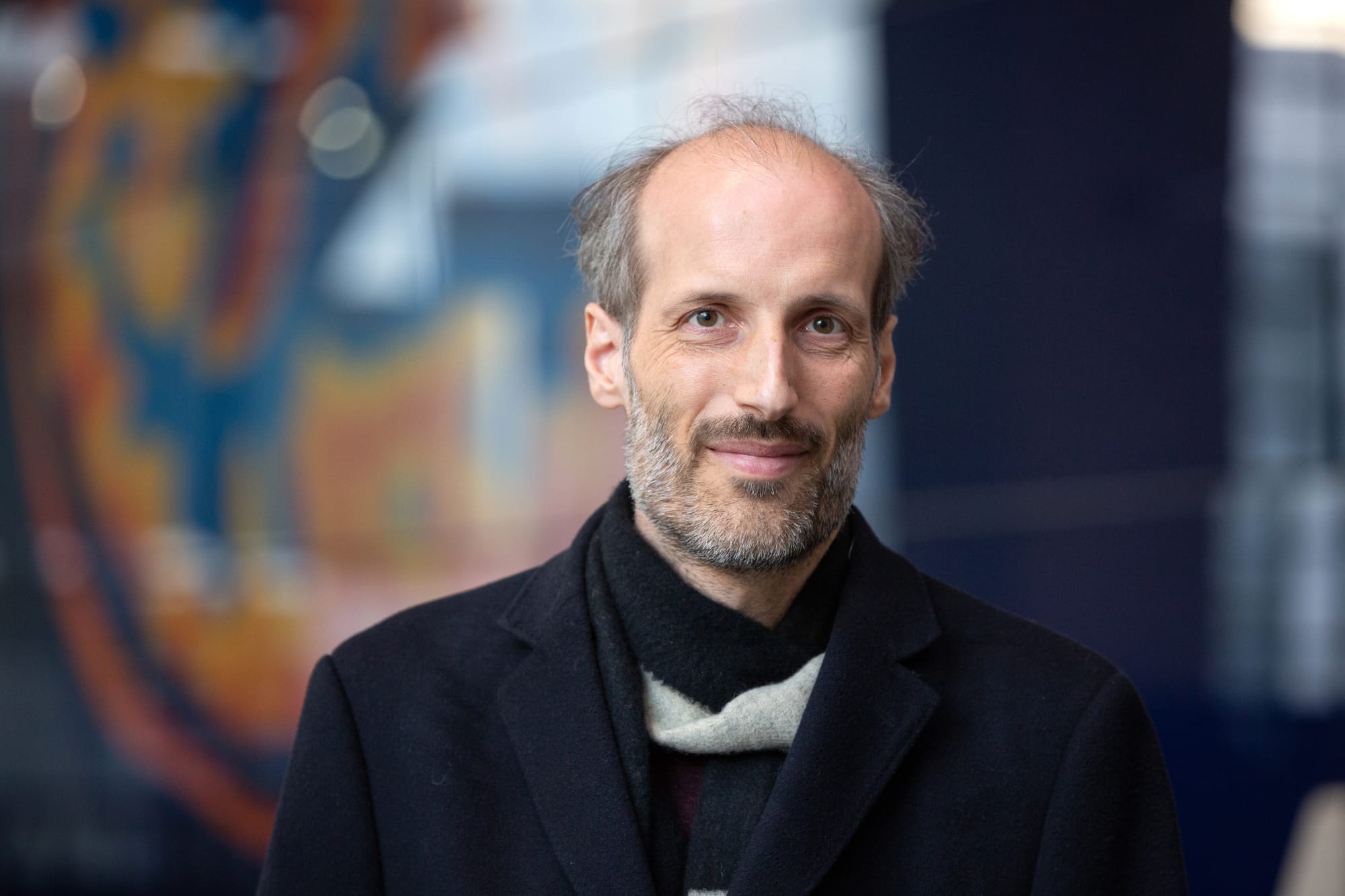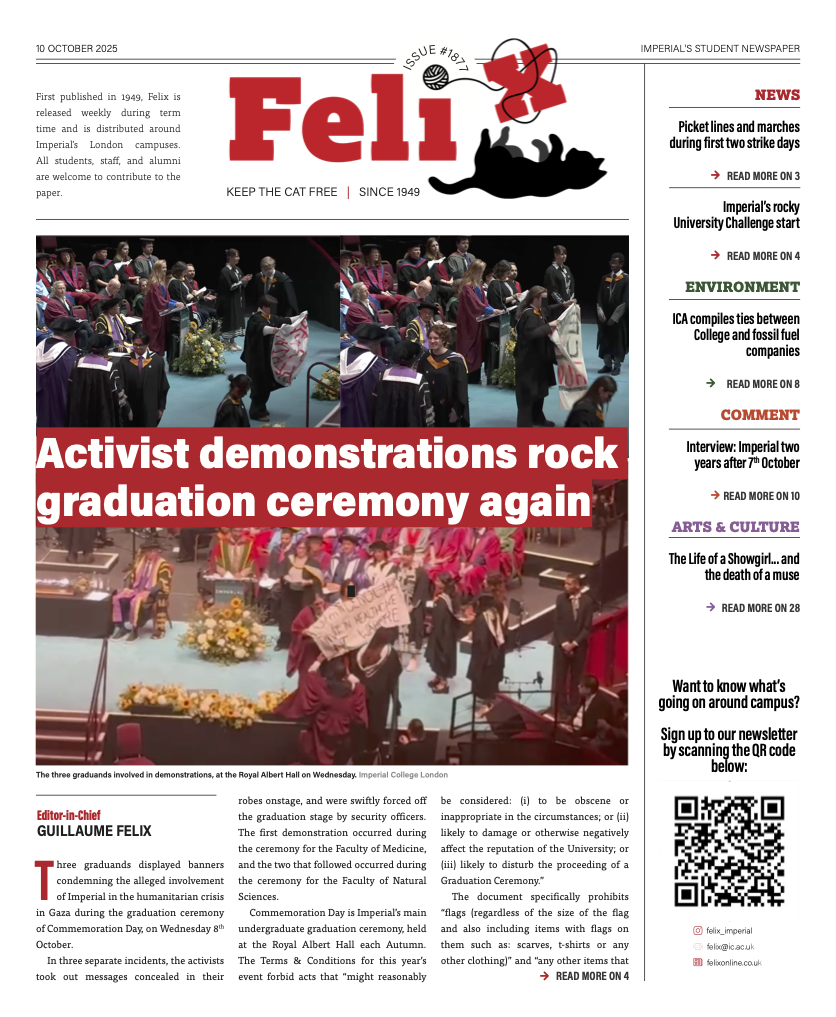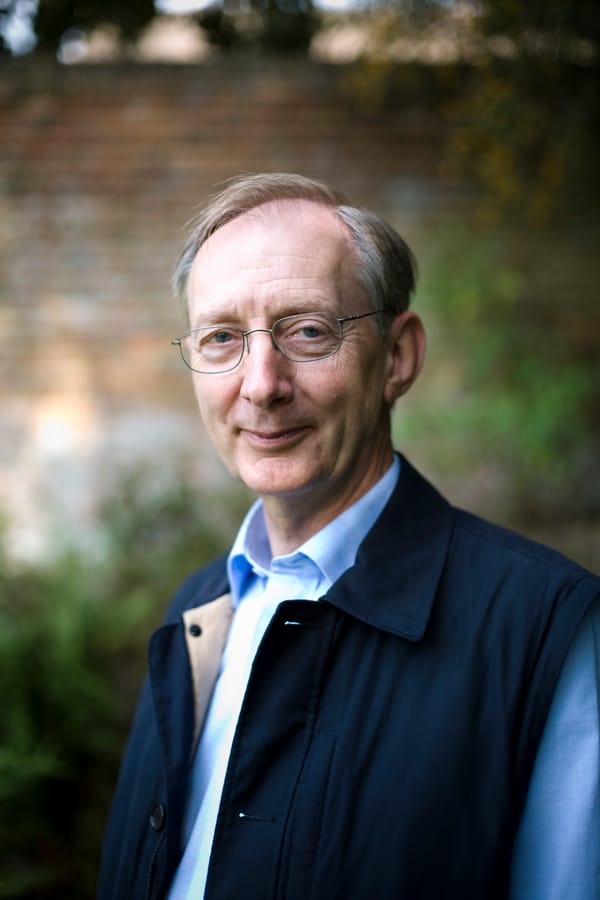Royal Society awards Imperial Professor Sir Martin Hairer the Sylvester Medal
The award recognizes Hairer’s work with stochastic partial differential equations.

The Royal Society awarded Imperial Professor Sir Martin Hairer, FRS, the Sylvester Medal for “outstanding contributions in the field of mathematics” this August. The award recognizes Hairer’s work in the fields of probability and analysis.
“It’s very nice to have your work be recognized,” said Hairer. “I like the Royal Society a lot as an institution, and the have a real role, which is not just some sort of gentleman’s club.”
Hairer is a professor of pure mathematics at the École Polytechnique Fédérale de Lausanne (EPFL) and Imperial College London.
“Mathematics is abstract,” said Hairer. “It’s not just a reputation. It’s a reputation that is deserved.” He added that often a certain level of abstraction is needed to see how things are related and not get bogged down in the details.
“The really interesting pieces of mathematics are when people link two things that seem to be completely unrelated,” continued Hairer.
“I’m mostly interested in things that involve something random,” said Hairer. These things can be intrinsically random, or they can be modeled by a random equation when there is a lack of knowledge. “Often random things behave in a nicer way actually,” he added.
Hairer likes to use real-world examples to explain these abstract mathematical concepts. Although this math can be applied to areas such as mathematical finance, Hairer is more interested in equations that involve a spatial component.
“If you mix milk in a cup of tea, you see that it produces some random shapes, but then after a while it gets all mixed up and then it’s just all uniform,” explained Hairer. “You can be interested in how fast these things mix and stuff like that.”
He also mentioned the behavior of neutrinos in a nuclear reactor, or how magnets can lose their magnetization when heated to a certain temperature.
“I’ve been working on a class of equations that describe things that depend on space and time and are random,” said Hairer. “But the specificity there is that they are actually very rough, very irregular, so it’s not like the milk mixing [with the] tea, where it’s actually quite smooth.”
Hairer focuses particularly on stochastic partial differential equations, which are a class of partial differential equations with an added random term that can be used to model systems influenced by randomness.
“When you take the equations at face value, it seems they’re kind of meaningless, because there are some terms in the equation that make no sense because the solutions are not regular enough,” explained Hairer. For example, there could be a term that involved taking the square root of the slope of the solution, but the equation might be vertical at certain points.
“[There is a] systematic theory to give a meaning to these kind of equations, and it’s the correct meaning in the sense that one can work and show that it’s kind of stable,” said Hairer. “And, you know, in the sense that you can approximate these equations by smooth ones.”
Hairer wasn’t always interested in math. He recalls being always interested in science, and he began his undergraduate degree in physics.
“I got more and more interest in really understanding things and having, if you want, no doubt whatsoever about my understanding of something,” said Hairer. “I found that’s possible in mathematics.”










